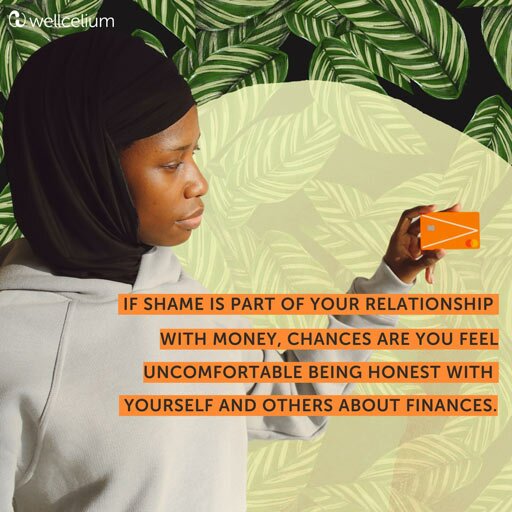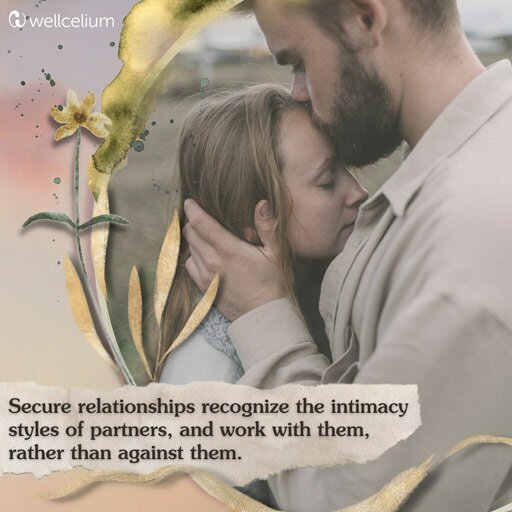You’ve learned so many things in your lifetime so far! Countless amounts of information through the way you were raised as a child, your lived experience, formal education, social education, your work, the internet superhighway, and so on. Despite all of the information we’ve amassed, most of us haven’t learned what relationship repair is, why it’s important, and the skills needed to reconcile our differences when things get tough.
Everyone finds themselves in conflict at one point or another, and I’ll bet you have, too.
Take a moment to reflect on your own experiences: How are you with conflict in relationships? Do you talk it out well when you get in a bind with friends or family? If you are in a relationship, are you and your partner bosses at reconciling post-conflict? Or do things get swept under the rug a bit too much?
You may have learned great relational skills in your family of origin or at school. You may know the grounded feeling of having your voice heard and your feelings valued. And, if that’s not your experience, you are definitely not alone.
Most people were never taught basic healthy relational skills in school or at home, and were not encouraged to make mistakes and learn how to fix them.
When feelings came up in your past, were you invited to talk-it-out, or stuff-it-down and pretend that everything was fine?
So many people don’t realize that, even as hard as they’ve tried to do relationships differently than was modeled for them as children, the unhealthy patterns that they’ve learned over their lifetime have crept into their adult relationships, leading to more conflict, resentment, and rupture. And more hot-button triggers.
Conflict is healthy and necessary.
Learning the art of healthy, loving conflict will improve all types of relationships.
Learning how to repair after relationship rupture is perhaps THE key skill in relationship longevity.
There are several different strategies for repair.
Before repair can begin, everyone involved has to come back to a centered place. Repair cannot happen if conflict is ongoing.
Remembering that the person you are conflicting with is not your enemy is important. So often, when we get into conflict we are triggered into fight/flight/freeze. So quickly, the other person becomes THE OTHER, bad, wrong, the enemy.
Remembering that the person you are in conflict with is the same person that you’ve also been in calm connection with is important. Centering your own humanity, as well as theirs.

Once you are back in yourself, out of your trigger brain, now comes the time for repair.
Having a clear sense of your own needs moving forward.
What did you contribute to the situation? What ways do you need to be accountable, i.e. own your own part verbally to the other person?
How can you be curious about the other person’s experience? What were they feeling/needing that led to the conflict? Leading with curiosity is ALWAYS helpful! Asking open ended questions, to make space for the other’s experience.
Until the impact is fully acknowledged, you stay at the stage of sharing and coming to understanding.
After you have come to understanding, you can move forward with amends and resolution.
What amends need to be made? What requests need to be asked of each other?
There are specific resolution techniques (watch our webinar on conflict repair!) that can be helpful in recreating harmony, and a deepened knowing of each other. Apologies are just one technique! Reparations, do-overs, replays… other strategies that can support coming back to shared peace.
To be clear, there are some conflicts that reoccur in relationship. This is often frustrating, with people asking “Why are we here again?”
As separate humans, conflict is a necessary part of relationship to help you remember your personal self-hood, and where your personal boundaries are.
Questions to Ask Yourself:
- What did I learn about conflict in my family of origin?
- Do I want to replicate those patterns or create new ones in my adult relationships?
- Do I think of conflict as an agent of positive change in my connections?
- In my dream relationship, how do we repair after rupture?
Suggested Practice:
How to Practice Mindful Listening: By Diana Winston, Mindful.org
- Give the speaker your full attention. This is easier said than done, but simply requires an intention to do so and a bit of persistence. We can offer our presence in a relaxed way, just being there for another. Mindfully focus on the person. Let them be your main object of awareness.
- Use your body to help you stay present. Our body is an incredible doorway into the present moment. Our mind can be anywhere: past, future, lost, reactive, spaced out, daydreaming, ruminating, angry, anxious…but our bodies are always in the present moment. If we can remember to bring our minds into our bodies—just feel a body sensation or two—while we are listening, we have immediate access to the present moment.
- When your attention wanders away (and it will) simply return it to the present moment, which means listening to them. This guideline is analogous to how we practice our sitting meditation: We focus on our breathing or whatever is our main object, and when our mind wanders—and it always wanders—we gently, but firmly, return our attention to our breath. This aspect of the technique should be familiar to anyone who practices mindfulness meditation.
Recommended Resources:
Do we create conflict when we really want connection?
By Ailsa Keppie at Tickle.Life
Our vision at Wellcelium is an erotically well world. Earth is a pleasure garden, with all species playing nice with one another. Our mission is to provide you pragmatic, skill-based and relational learning. We help you to come home to your body, develop skillful, loving relationships and reclaim your sexuality on your terms! Learn More.


